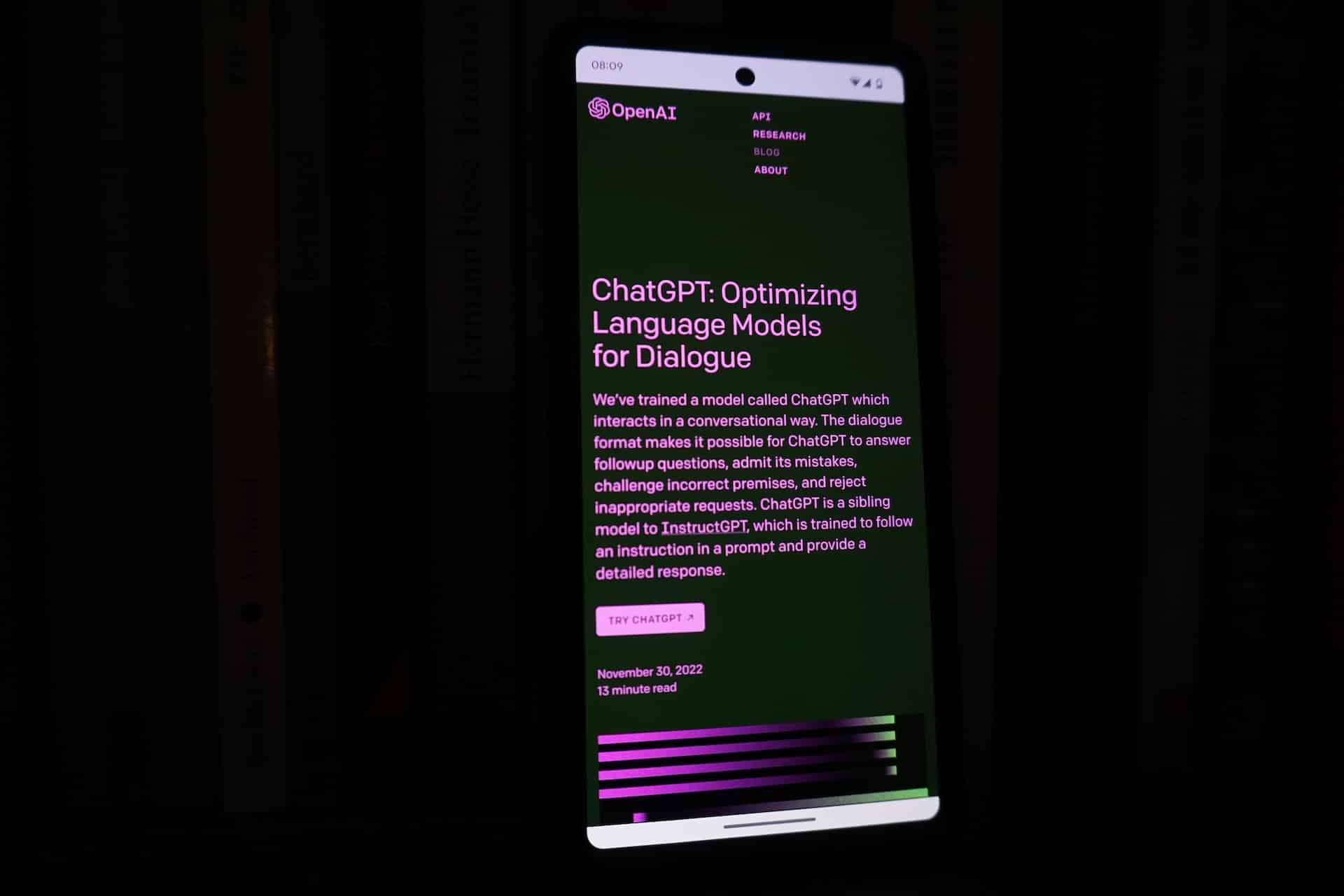
Want to know more about how ChatGPT can fit into your life as a podiatrist? We uncover how to make ChatGPT work for you, and what to be aware of…
If you feel swamped with content marketing obligations in your podiatry role or other administrative tasks, ChatGPT might help to lighten your load.
ChatGPT is an AI-powered language model developed by OpenAI. It can understand and respond to a wide range of questions, engage in conversations, and provide information on various topics, including podiatry.
However, it is not always accurate at the time of writing, and the data it uses currently only goes up to September 2021. Never rely on ChatGPT as being a source of absolute truth. Always verify any information it provides by referring to a reliable external source.
At the time of writing, ChatGPT is certainly confident in its ability to help a podiatrist in a range of ways. When asked how it may support a podiatrist who is exploring clinical research, it responds as follows:
“ChatGPT can act as a virtual research assistant, helping you stay up to date with the latest advancements in podiatry. You can pose questions to ChatGPT regarding studies, clinical guidelines, or treatment protocols, enabling you to access information quickly and efficiently.”
A word of warning, however … such confidence risks being misplaced, given ChatGPT’s access to online studies only extends up to September 2021. In addition, studies shared by ChatGPT can be inaccurate in terms of the source information and the findings shared. Always go to reputable sources in the first instance, such as the Journal of Foot and Ankle Research, and cross-reference any alleged ‘study findings’ from ChatGPT against the original source for more context and insights.
On a practical level, ChatGPT can offer a useful starting point for documents such as a diabetes assessment template. It may not produce a perfect template, and it will need modifications, but it can provide a framework to work within. Again, always remember to verify any information against reputable external sources such as Diabetes Feet Australia and government advice.
According to one of the latest books on the market, The ChatGPT Revolution by Donna McGeorge, she says:
“When it comes to beginning just about anything, it can be challenging to just get those first few words into a document, proposal or presentation. Tell ChatGPT what you need (even vaguely) and see what it suggests. It may just be the inspiration you need to get going.”
The key here is to be specific with your prompts on ChatGPT. Rather than say: ‘Write a blog post on my podiatry practice’, you would get a better result if you said something like:
“Write a 500-word conversational blog about my podiatry practice [insert its name and URL] to explain why our patients feel valued. Base this information on the testimonials page on our website. Use sub headers and British / Australian spelling conventions.”
ChatGPT is equally quick to promote its ability to replace, at least in part, the role of a podiatrist when it comes to communicating clinical insights with patients. In its words:
“ChatGPT can assist podiatrists in educating patients about foot and ankle conditions, treatment options, and preventive measures. By providing accurate and accessible information, ChatGPT can empower patients to make informed decisions about their foot health.”
However, this is certainly flawed and concerningly, it runs the risk of ‘outsourcing’ patient advice to an AI platform in beta mode. In fact it could be said that there is a case for podiatrists to encourage clients to not refer to ChatGPT for clinical advice; somewhat akin to not using ‘Dr Google’ to diagnose a range of ailments.
Test this out for yourself: Perhaps run some common patient presentations through ChatGPT, to see what is shared by way of ‘advice’. Then compare this advice to what you know in your extensive experience as a podiatrist. Spot a misalignment or even misinformation being shared on the ChatGPT platform? Consider calling this risk out in your next email newsletter or online article, as a warning to people to not rely on ChatGPT for clinical advice.
Always remember that any information you enter into ChatGPT must be depersonalised since it can be accessed in theory by anyone else using the platform, and ChatGPT ‘owns’ any data you input, for it to do with. and share, as it chooses.
Here are some other proven tips and tricks to consider.
ChatGPT in no way replaces the vital role of Practice Management Software (PMS). The tasks it can carry out are clearly very different to PMS functions.
Instead, ChatGPT aims to provide opportunities for content generation, social media support and so on. Whereas PMS – amongst other functions – streamlines administrative tasks, manages patient records, books appointments, supports billing processes, and many other operations.
With this in mind, it helps to remember that ChatGPT excels in natural language processing. It can understand, and generate, human-like text. Whereas the role of PMS in managing practice-specific data and workflows is unmatched and distinctly separate to the role of ChatGPT.
Next month…how ChatGPT can lighten your social media load (and build your online presence).
© Copyright 2021 The Australian Podiatry Association
